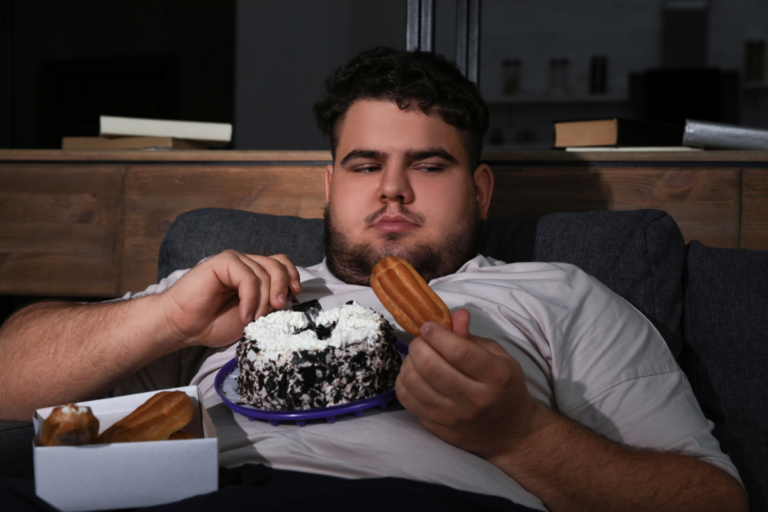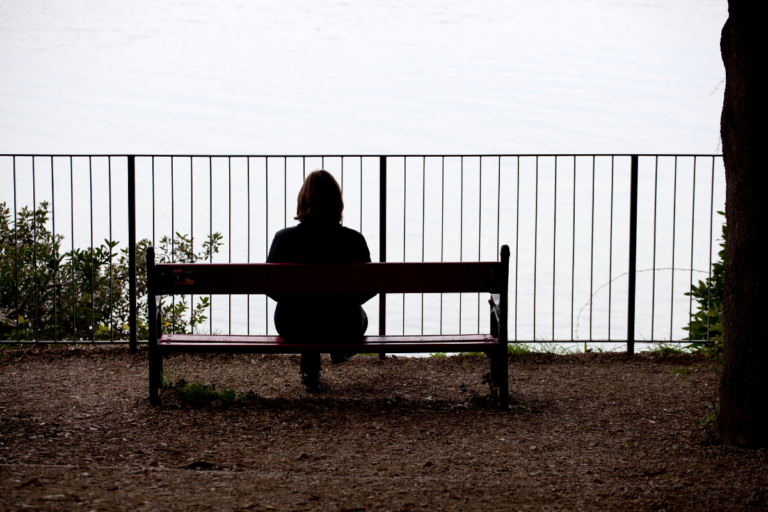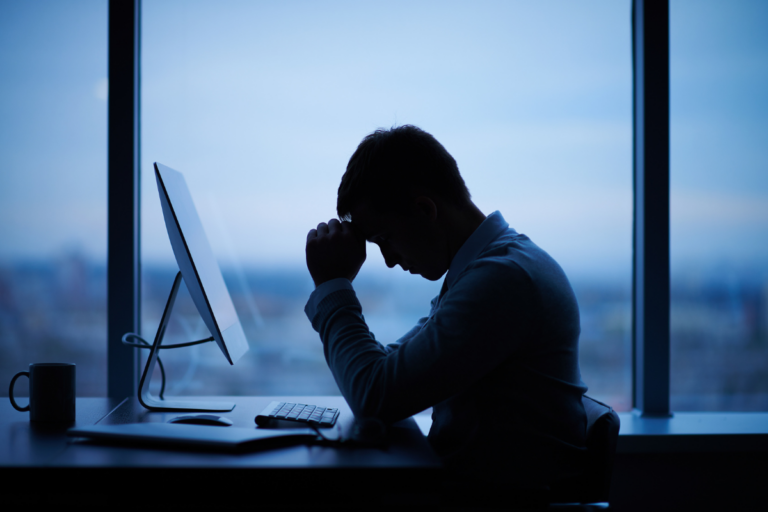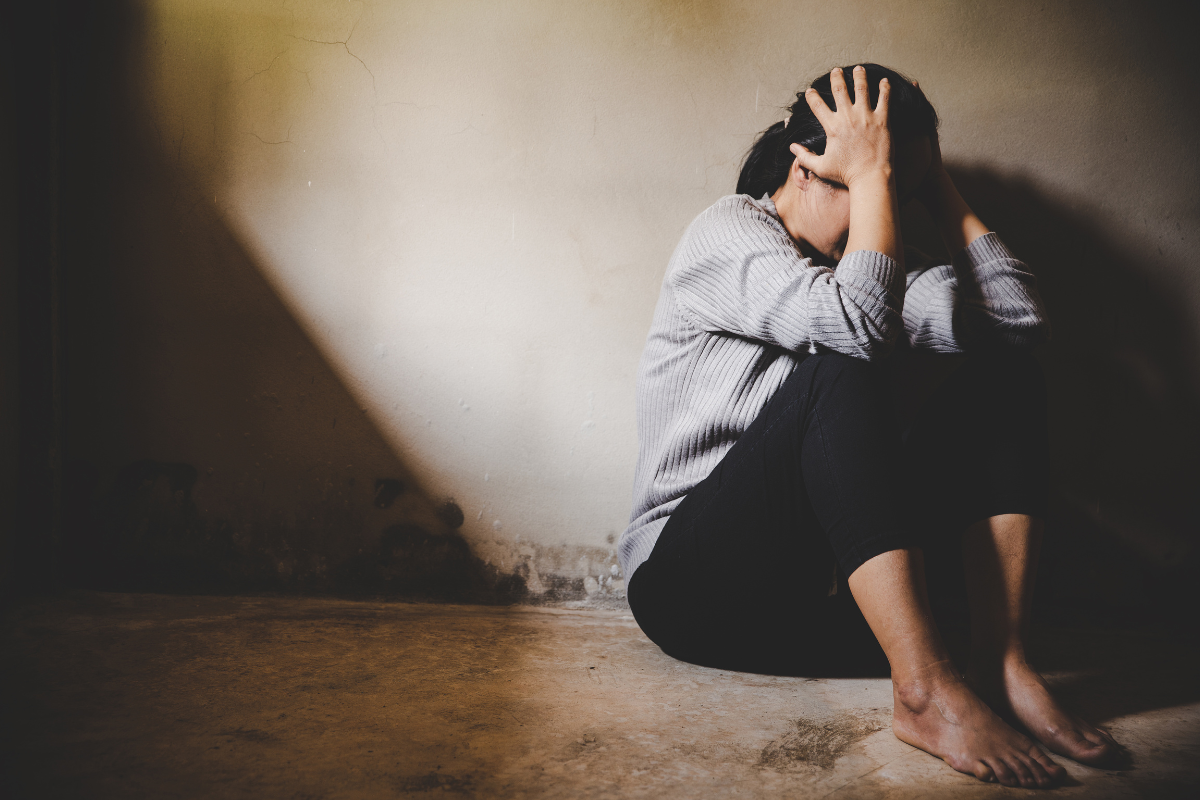
Living with depression isn’t always about sharp, intense episodes. For some, it’s a long, low hum of sadness that occasionally deepens into something far heavier. This is often what clinicians refer to as double depression—when a chronic form of depression becomes layered with a major depressive episode. It can feel like being pulled down from an already low baseline, and without the right care, it can linger longer than expected.
What is Double Depression?
Double depression isn’t a separate diagnosis in the DSM-5, but rather a term used when Persistent Depressive Disorder (PDD)—formerly called dysthymia—occurs alongside a Major Depressive Episode (MDE).
PDD is a long-term, lower-grade depression that lasts at least two years in adults (one year for children and teens). It often allows for day-to-day functioning, but with a persistent low mood, fatigue, and self-doubt. When a person living with PDD experiences a major depressive episode on top of that baseline, symptoms become more intense and debilitating—that’s when we call it double depression.
According to the National Institute of Mental Health, about 8% of U.S. adults experience a major depressive episode in a given year, and while PDD is less common (around 1.5% of adults), many clinicians regularly encounter the overlap between the two.
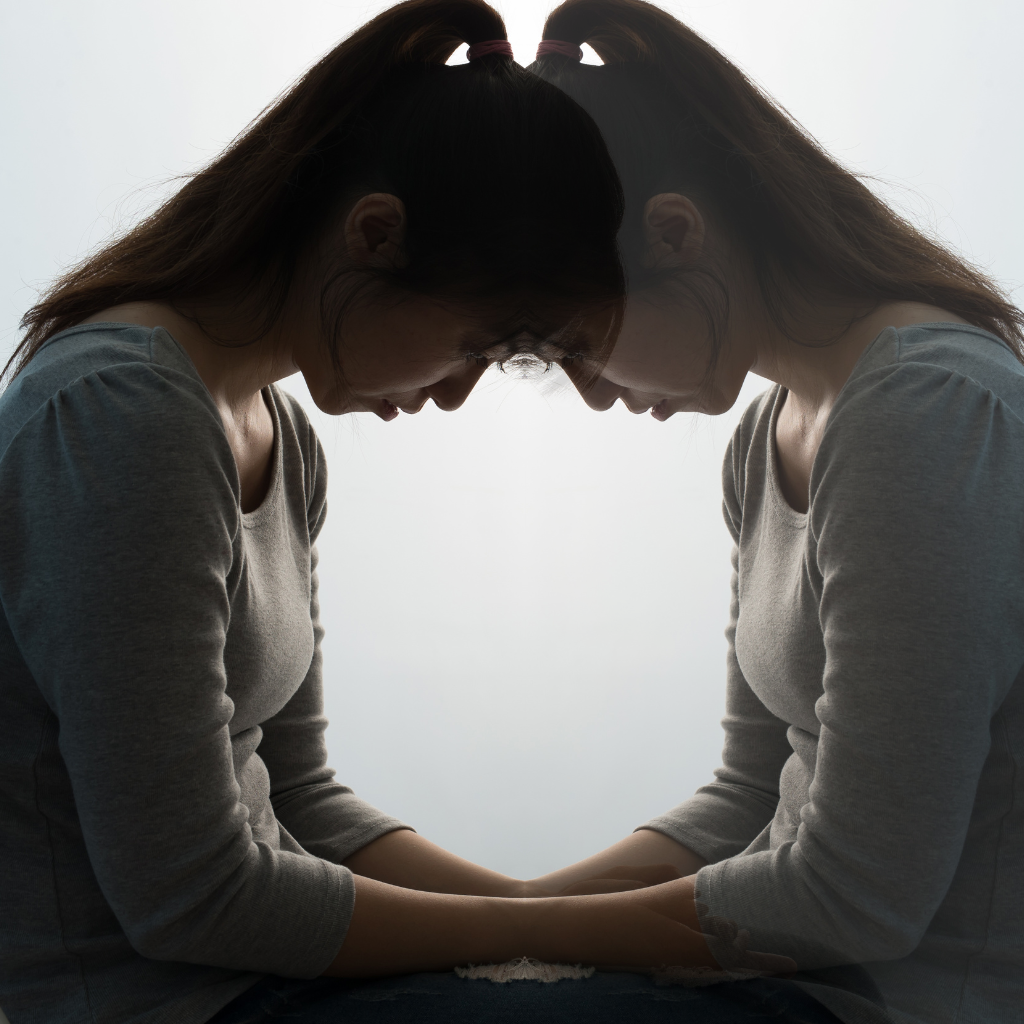
Symptoms of Double Depression
Because double depression involves both chronic and acute symptoms, it often looks like a “bad slump” on top of a long-standing low mood. Some of the most common signs include:
- Persistent sadness or emptiness
- Loss of interest or pleasure in activities
- Changes in sleep (insomnia or oversleeping)
- Fatigue or low energy
- Difficulty concentrating or making decisions
- Changes in appetite or weight
- Feelings of worthlessness or excessive guilt
- Thoughts of death or suicide
What makes it tricky is that those living with PDD may already be used to a muted emotional baseline, so a worsening of symptoms might not immediately register as a major episode. But these changes—especially when lasting at least two weeks—are important red flags.
What Are the Causes of Double Depression?
There isn’t a single cause, but rather a combination of biological, psychological, and environmental factors that increase vulnerability.
- Genetic predisposition: A family history of mood disorders can increase risk.
- Brain chemistry and structure: Imbalances in neurotransmitters like serotonin and norepinephrine may play a role.
- Early life adversity: Childhood trauma, neglect, or prolonged stress can set the stage for chronic mood disturbances.
- Chronic stress or illness: Ongoing life pressures or medical conditions can contribute to persistent low mood.
- Incomplete recovery from past depression: If a major depressive episode doesn’t fully resolve, lingering symptoms can evolve into PDD, making future episodes more likely.
Over time, untreated PDD can make the brain more susceptible to further depressive episodes—explaining why double depression is often a progression rather than a sudden onset.
Treatment Strategies for Double Depression

Because double depression combines the challenges of both chronic and acute depression, treatment often requires a layered approach.
1. Medication
Antidepressants—such as SSRIs or SNRIs—are commonly prescribed to target both the major episode and the chronic symptoms. Some patients respond better to combination or augmentation strategies when first-line medications aren’t enough.
2. Psychotherapy
Psychotherapy like Cognitive Behavioral Therapy (CBT) help identify and challenge negative thought patterns, while Interpersonal Therapy (IPT) addresses relationship and role-related stressors. For many, a combination of therapy and medication provides the best outcomes.
3. Lifestyle Interventions
- Regular exercise has been shown to reduce depressive symptoms and improve mood stability.
- Sleep hygiene—keeping a consistent sleep schedule—supports better energy and emotional regulation.
- Nutrition and substance use: Balanced meals and reducing alcohol or drug use can improve treatment response.
4. Maintenance Care
Even after symptoms improve, ongoing treatment helps prevent relapse. This may include regular therapy sessions, continued medication, and periodic check-ins with a mental health provider.
Final Thoughts
Double depression can feel exhausting—living with a constant undercurrent of low mood and then facing an even deeper episode on top of it. But it’s important to remember that it is treatable. Recognizing the signs early, seeking professional support, and committing to a long-term care plan can make recovery possible.
If you’ve been experiencing a prolonged low mood that has recently worsened, consider talking to a mental health professional.
Responsibly edited by AI
Other Blog Posts in
Animo Sano Psychiatry is open for patients in North Carolina, Georgia and Tennessee. If you’d like to schedule an appointment, please contact us.
Get Access to Behavioral Health Care
Let’s take your first step towards. Press the button to get started. We’ll be back to you as soon as possible.ecovery, together.


